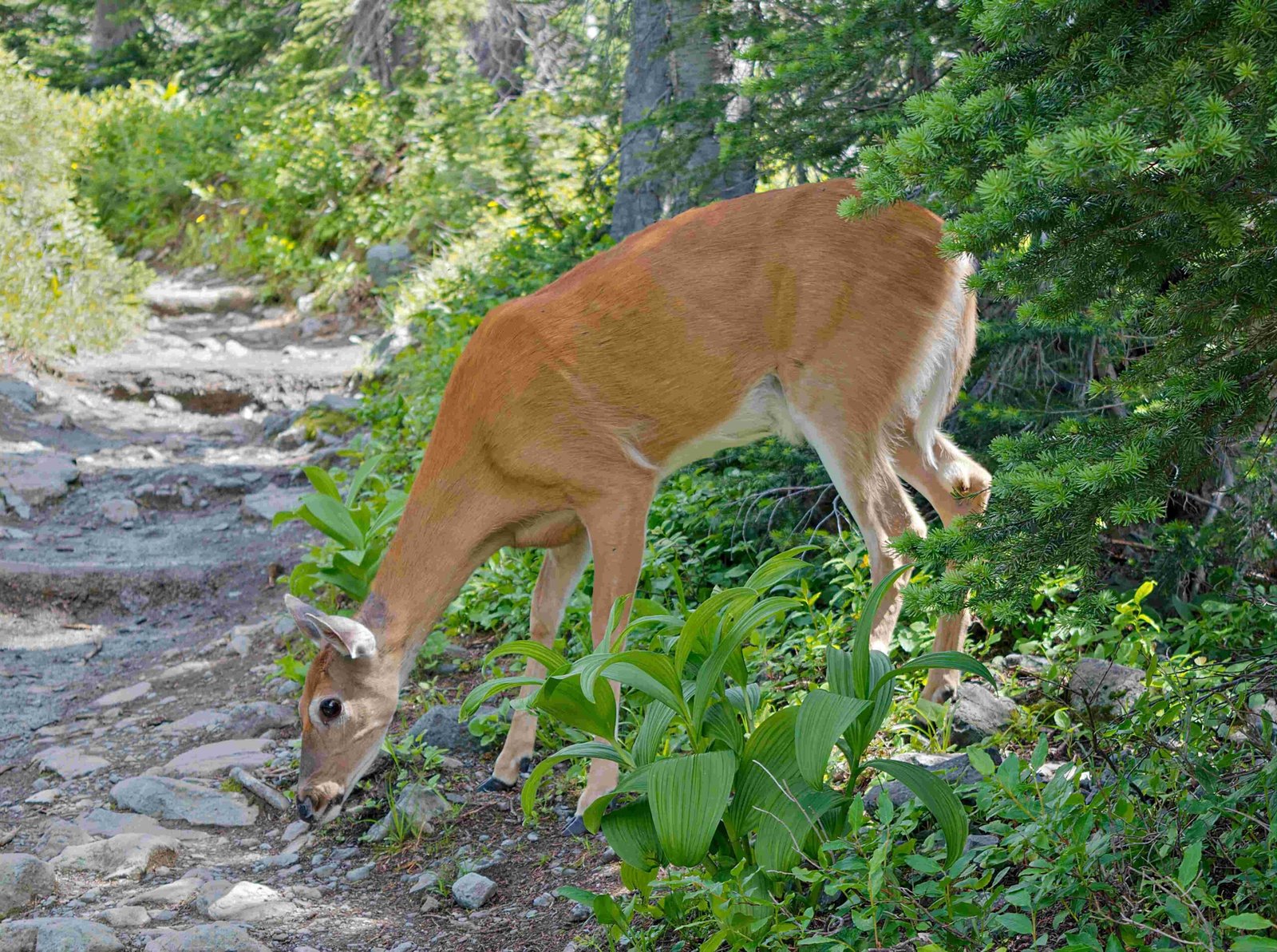Glacier National Park, renowned for its stunning glacial landscapes, is experiencing significant changes due to global warming. The park’s glaciers are rapidly melting, affecting ecosystems and iconic features like Cracker Lake. This comprehensive guide explores the impact of climate change on the park’s glaciers, the stunning Cracker Lake, and the surrounding environment, providing insights into the challenges faced by this unique ecosystem.
What is the Current State of Glaciers in Glacier National Park?

Glacier National Park, once home to 150 glaciers during the Little Ice Age, now harbors only 35 named glaciers as of 2022. This dramatic reduction is a direct result of global warming, with every named glacier in the park experiencing significant shrinkage between 1966 and 2015. Some glaciers have diminished by over 80% in size, highlighting the severity of the situation.
Key statistics on glacier melting in the park include:
- Glacier Count: Reduced from 150 to 35 since the Little Ice Age
- Size Reduction: All named glaciers decreased in size between 1966 and 2015
- Extreme Cases: Some glaciers have shrunk by more than 80%
Scientists employ various methods to track these changes:
- Satellite imagery
- GPS measurements
- Stakes embedded in the ice
These techniques allow researchers to monitor changes in:
- Surface area
- Ice thickness
- Overall glacier mass
How Does Global Warming Affect Glacier National Park’s Ecosystem?

The impact of global warming on Glacier National Park extends far beyond the melting of ice. It affects the entire ecosystem, including:
- Water sources
- Wildlife habitats
- Plant communities
- Tourism industry
Glacial Mass Balance and Temperature Variations
The primary cause of glacier shrinkage is an imbalance between summer melting and winter snowfall. Rising temperatures due to climate change exacerbate this imbalance, leading to accelerated melting rates in recent decades.
Projected Future Scenarios
While exact prediction dates are challenging due to various factors, scientists project that if large glaciers like Blackfoot and Jackson melt completely, smaller glaciers in the park will likely follow suit. This melting trend raises concerns about:
- Adaptation of ecosystems
- Changes in water availability
- Shifts in tourism patterns
What Makes Cracker Lake Unique in Glacier National Park?
Cracker Lake, known for its stunning turquoise waters, is a prime example of how glacial activity shapes the landscape in Glacier National Park. The lake’s vibrant color is a result of minerals from melting glaciers, making it a visual testament to the ongoing changes in the park.
Cracker Lake Trail Details
For those wishing to experience Cracker Lake firsthand, here are the key details of the hiking trail:
| Trail Feature | Description |
|---|---|
| Distance | 12.8 miles (20.6 km) roundtrip |
| Elevation Gain | Approximately 1,100 feet (335 meters) |
| Difficulty Level | Moderately difficult |
| Best Season | Summer and early fall |
| Notable Features | Lake Sherburne, Canyon Creek, diverse wildlife habitats |
Hikers should be aware of:
– Potential need for micro-spikes in early seasons due to snow
– Presence of bears (make noise while hiking)
– Edible Thimbleberries along the trail
– Poisonous Red Baneberries and Black Elderberries (exercise caution)
How Are Wildlife Adapting to Climate Change in Glacier National Park?
The changing climate in Glacier National Park is forcing wildlife to adapt in various ways:
- Habitat Shifts: Many species are moving to higher elevations or different areas as temperatures rise.
- Behavioral Changes: Animals are altering their foraging patterns and seasonal activities.
- Community Composition: Changes in species distribution are leading to new interactions and ecosystem dynamics.
Species-Specific Adaptations
- Grizzly Bears: Changing food availability due to shifts in plant phenology is forcing bears to adapt their foraging behaviors and habitats.
- Mountain Goats: These animals may need to seek higher elevations to find suitable cool habitats.
- Wolverines: Dependent on deep snow for denning, wolverines face challenges as snowpack decreases.
What Can Visitors Do to Help Preserve Glacier National Park?
As visitors to Glacier National Park, there are several ways to contribute to its preservation:
- Practice Leave No Trace principles
- Use public transportation or carpool to reduce emissions
- Support conservation efforts and organizations
- Educate others about the impacts of climate change on the park
- Reduce personal carbon footprint in daily life
By understanding the challenges faced by Glacier National Park and taking action, visitors can play a role in preserving this unique ecosystem for future generations.